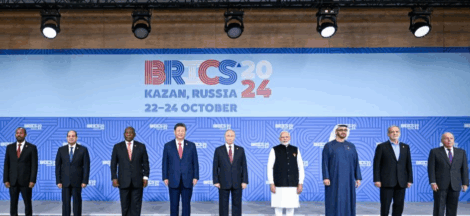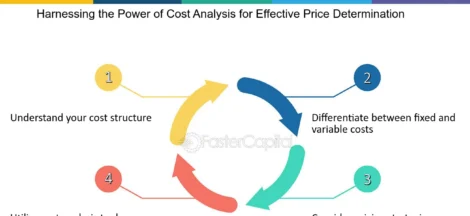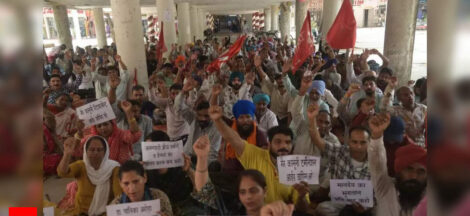The Financial Express

Why the Congress plan will not be just ineffective but patently dangerous is that the only way to assess income is from tax filings, and the taxpayers in the top brackets already part with a large chunk of their income because of the taxes.(PTI)
The Congress’s promise of a 5% cess on India’s “richest 1%”—to set up what it called a national poverty alleviation fund at its latest plenary session—gives away the fact that roughly a year before the next general elections, the party still banks on hackneyed rhetoric, over a sound economic vision. To be sure, all parties must focus on alleviating poverty. What Congress is proposing doesn’t demonstrate that focus, and for various reasons. First, that faster economic growth does more to reduce poverty than taxing the rich is amply clear—in the Indian context itself, data shows a record number of Indians were lifted out of poverty in the high growth years. Keeping people who are above the poverty line, and yet don’t enjoy reasonable economic security, from falling back into poverty requires increasing spending on health—poor health means out of pocket expenditure and loss of productivity—and on education, given how there is a strong positive correlation between level of educational attainment of the primary income-earner and household income.
But, most importantly, why the Congress plan will not be just ineffective but patently dangerous is that the only way to assess income is from tax filings, and the taxpayers in the top brackets already part with a large chunk of their income because of the taxes. Burdening them with another imposition is not just unfair, but also creates a perverse incentive to declare lower incomes or, in the case of those who are yet to be part of the tax net, to evade declaring income and paying taxes. Besides, if the idea is to get more out of taxes/imposts, it is always better to widen the tax net. To some extent, the demonetisation exercise can be credited with achieving that. However, a significant number of those who should be paying taxes still remain outside the tax net, and it is unfair to blame just them. With the top two tax rates kicking in early—the 20% tax rate is applicable to the Rs 2.5-5 lakh annual income bracket, while the top rate of 30% kicks in at just Rs 10 lakh annual income—many simply try and stay outside the taxman’s radar. Rationalising rates applicable and income brackets will give an incentive to such people to pay taxes and legitimise their earnings.



